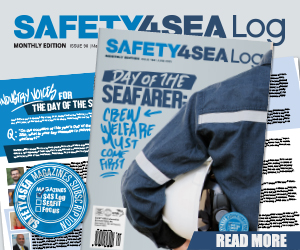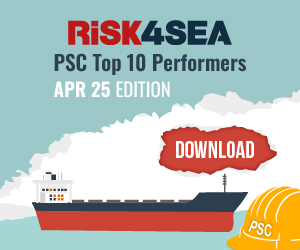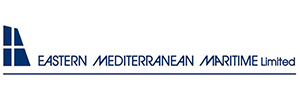With the Norwegian Government expressing its consideration for a generalized ban on heavy fuel oil (HFO), size limitation on passengers ships in Svalbard and several other measures to manage the growing tourism, the Association of Arctic Expedition Cruise Operators (AECO) gave its positive response, supporting the measures to be forced.
Specifically, AECO has been a supporter of a generalized ban for the use and carriage of HSO in Svalbard and the Arctic a long time ago, as its members operate under a self-imposed ban until now.
As for the size limitation on passengers ship, the AECO’s Executive Director, Frigg Jørgensen noted that its members usually operate in small or medium sized vessels which can carry up to 500 passengers, with the average capacity rate coming from 150-200 passengers.
We see many benefits of using relatively small vessels. The ships are less reliant on port infrastructure and are able to visit remote sites in a sustainable manner. Smaller passenger groups can also be more manageable for Arctic communities receiving them as visitors.
…Frigg Jørgensen said.
Moreover, AECO highlighted that when in a search and rescue operation, smaller vessels might be easier to manage as there are some benefits that favoring small vessels.
However, tourism is a major industry in Svalbard and the local community is depending on income from the cruise tourism in general. Before any regulations are enforced, the impact this may have on local business and communities should be researched, and local as well as industry stakeholders should be consulted.
…continued Mr. Jørgensen.
Furthermore, the Norwegian Government is considering additional safety measures to protect wildlife, nature and cultural heritage, as stricter rules about polar bear disturbance or landing in fragile areas are possible to be forced.
Concluding, AECO has already developed mandatory guidelines and standards for its members to ensure safe and responsible operations. The guidelines includes observing polar bears and other wildlife, biosecurity and operational guidelines focusing on safety and preparedness.






























































